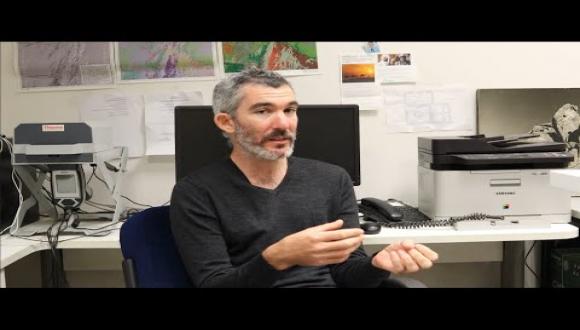The Laboratory of Archaeometallurgy and Archaeomagnetic Research
Head of Laboratory: Erez Ben-Yosef
The Laboratory of Archaeometallurgy and Archaeomagnetic Research is engaged in two main research avenues: (1) the study of metals, their production technologies and their role in ancient societies (archaeometallurgy), and (2) the study of the magnetic properties of archaeological materials, in order to address issues related to chronology and site formation processes (archaeomagnetism).
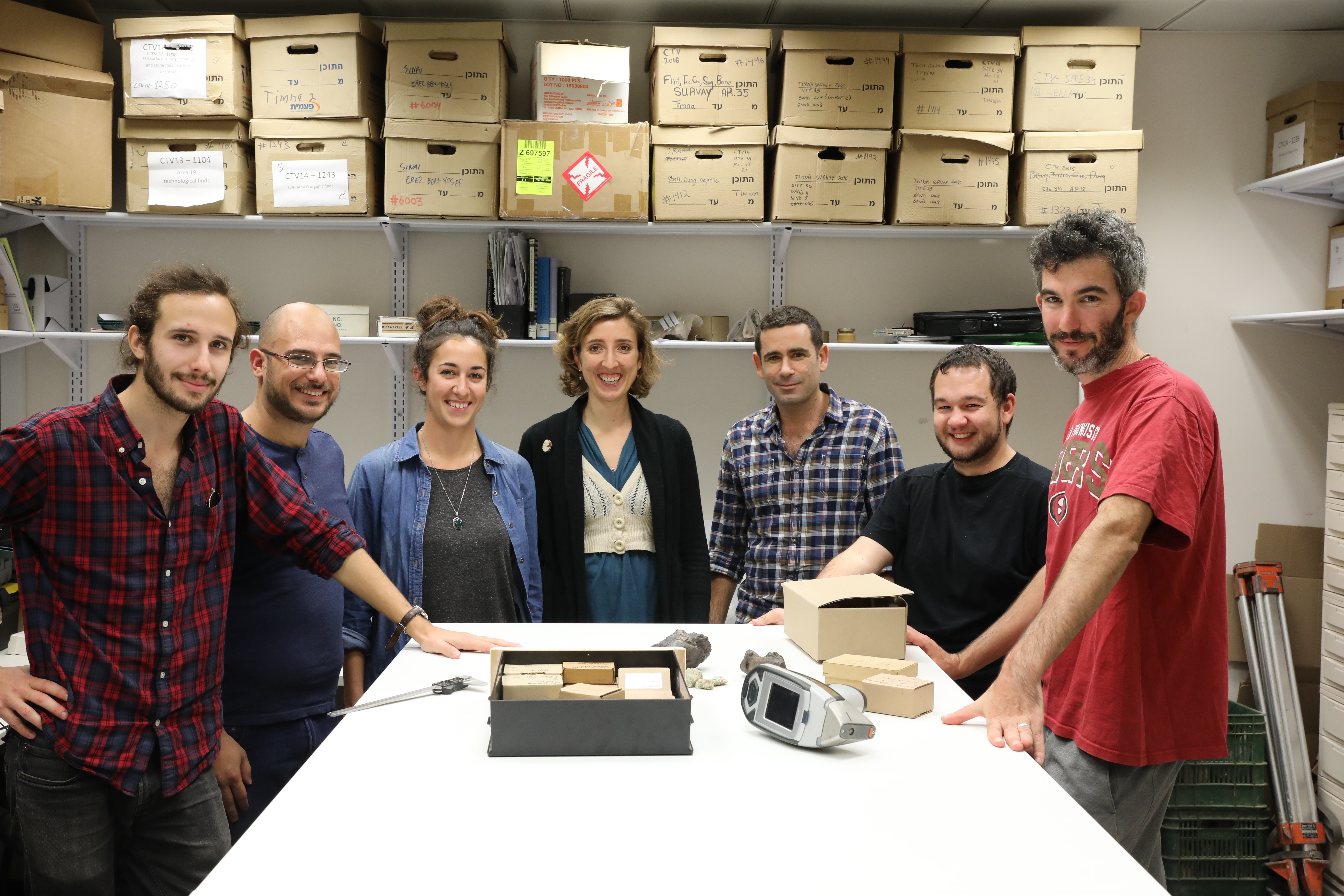
Projects
-
Archaeometallurgy
The main focus of our current research is on extractive copper metallurgy, including all aspects of the production of metal from ore (the entire chaîne opératoire). This research involves fieldwork in the Timna Valley, one of the best-preserved ancient copper ore districts in the world, and analytic studies on the various finds. Spanning more than seven millennia, the fantastic archaeological record of mining and smelting at Timna constitutes an excellent “field laboratory” for the study of technological evolution and innovation. Our project follows in the footsteps of Beno Rothenberg and the Aravah Expedition, whose research at Timna in the 1960s-1970s fundamentally contributed to the development of archaeometallurgy as a well-established research discipline.
For more detail on the Central Timna Valley Project (CTV) click here.
The Levantine Archaeometallurgical Research Collection
As part of our research on extractive metallurgy in the southern Levant, we assemble materials from various contexts, including ore, technological ceramics (furnace and tuyère fragments, crucibles, bellows and bellows pipes, etc.) and slag. Currently, the most comprehensive collection is of slag samples, which represent smelting technologies from the late 5th millennium BCE (Chalcolithic) to the 2nd millennium CE (Late Islamic).
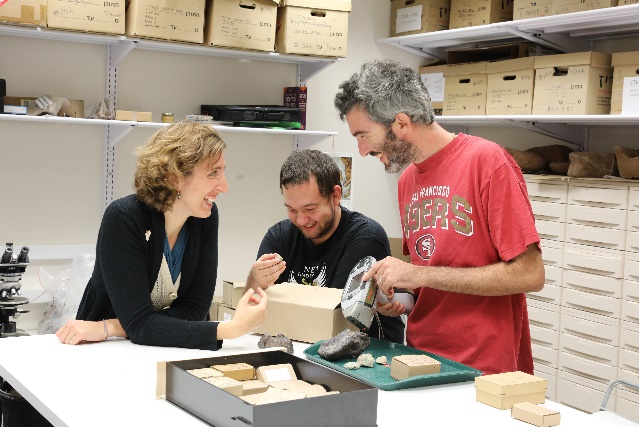
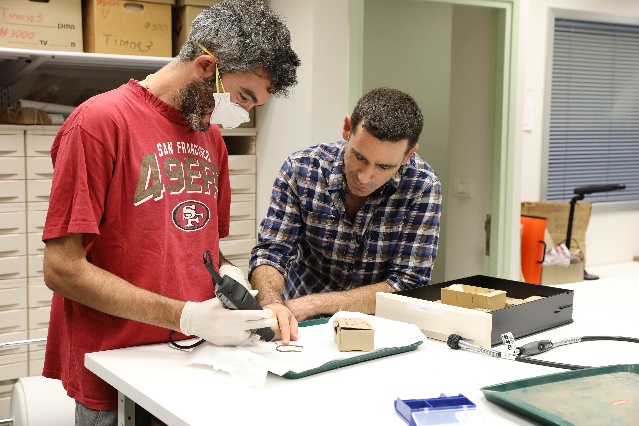
Erez Ben-Yosef (right) working with Ph.D. candidate Omri A. Yagel (left) on a metal object (Courtesy of Erez Ben-Yosef)

Specialist equipment is employed by the lab to ensure a quality resolution of final results (Courtesy of Erez Ben-Yosef)
-
Archaeomagnetism
The main focus of our current research is the improvement of the Levantine Archaeomagnetic Compilation (LAC), in order to enhance its application as a dating reference in archaeological studies. This research is based on collaborations with the Paleomagnetic Laboratories of Dr. Ron Shaar (Institute of Earth Sciences, the Hebrew University) and Prof. Lisa Tauxe (Scripps Institution of Oceanography, University of California, San Diego), the Israel Antiquities Authority, and multiple archaeological projects spanning the entire chronological sequence from the Pottery Neolithic to the Ottoman periods (prior to the PN applicable materials are rare, as the experiments are based predominantly on baked clay). Studies on various chronologically-based archaeological questions are integrated into the overall research design, which aims at adding high-quality data to the archaeomagnetic reference curves. For a recent example related to the Egyptian Old Kingdom and the Arabah copper production click here).
For more detail on the Levantine Archaeomagnetic Compilation (LAC) click here.
The Levantine Archaeomagnetic Research Collection
As part of our collaborative efforts to improve the Levantine Archaeomagnetic Compilation (LAC), we sample materials from various archaeological contexts to be further investigated in the Paeomganteic laboratories. The collection includes pottery, slag, baked mudbricks and heat-impacted (pyrotechnological) installations (furnace, kiln, ovens, etc.), with both oriented samples for full vector analysis (directions and intensity) and un-oriented samples (for intensity only). As archaeological excavations are destructive by nature, sampling is done constantly immediately following the discovery of suitable materials.
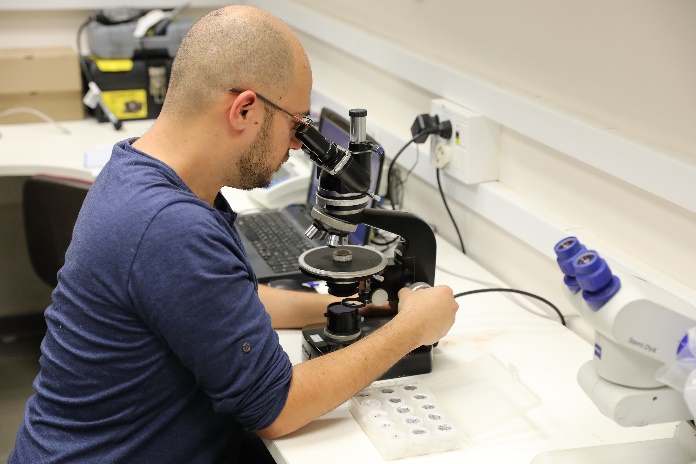
Facilities/equipment
Our lab includes:
* Field recording equipment (dGPS, Total Station, Photography Drone)
* GIS center (with extended 3D analyzing)
* Optical microscopy
* pXRF Niton XL3t
* Full archaeomagentic field sampling kit (including drill)
* Rock and slag pulverizing equipment (Jaw Crusher Retch BB100, tungsten components; Vibratory Disc Mill Retch RS200 tungsten components)
* pXRF and archaeomagnetic sample preparation equipment


